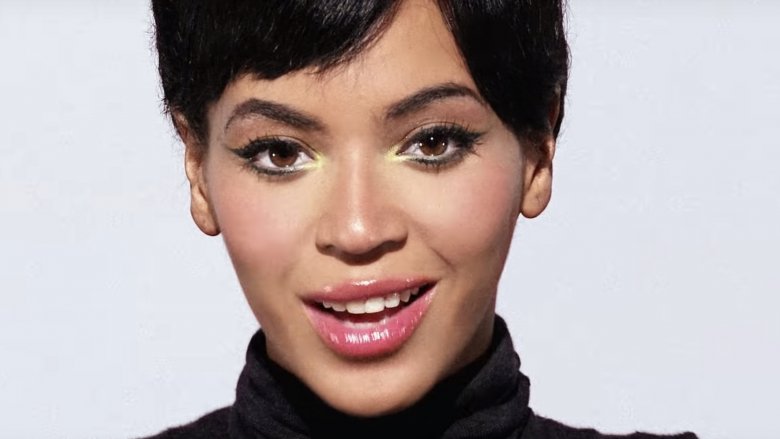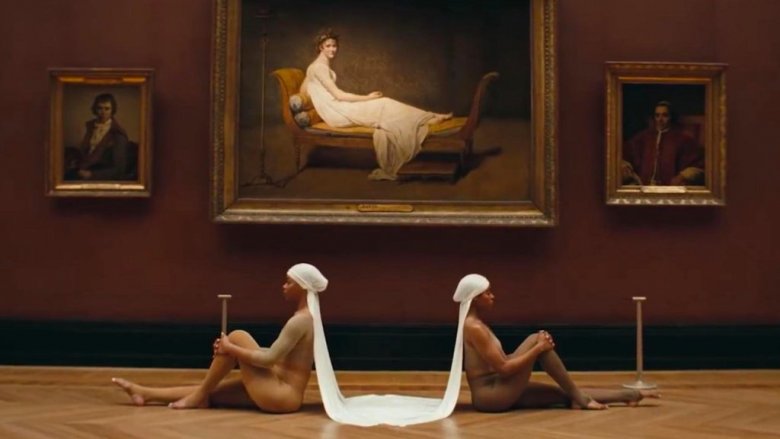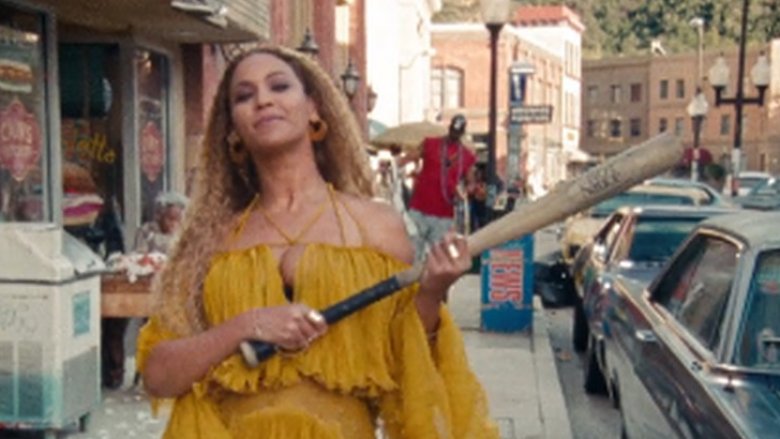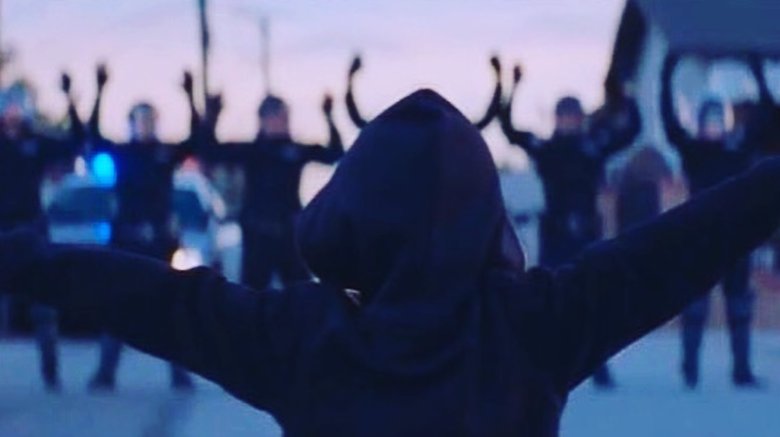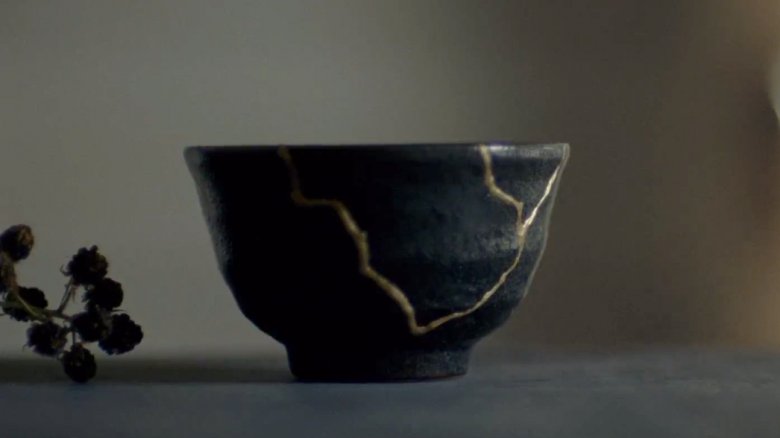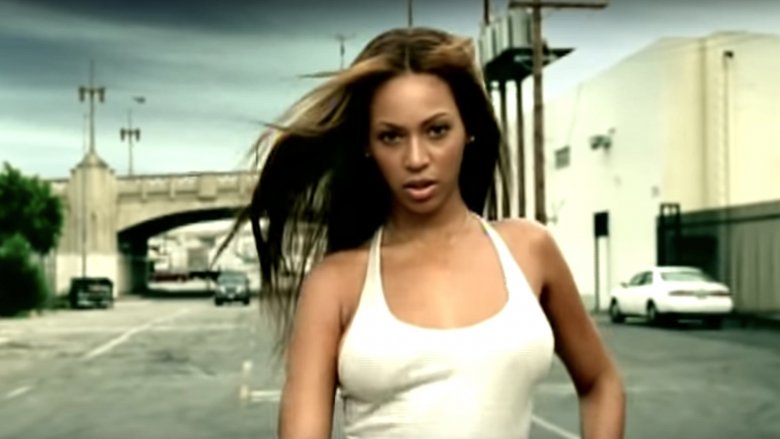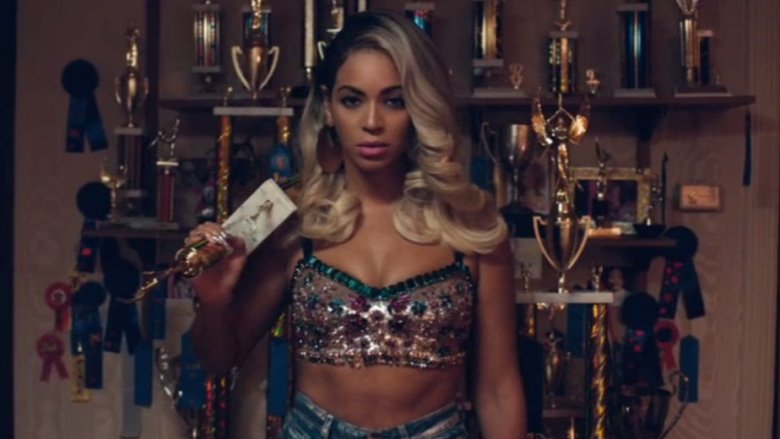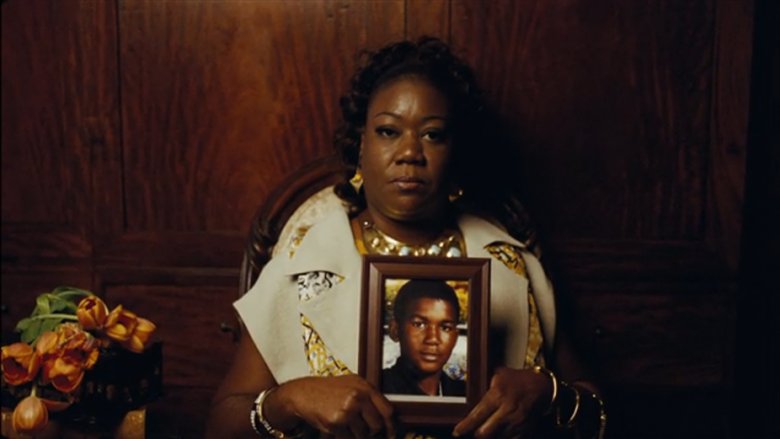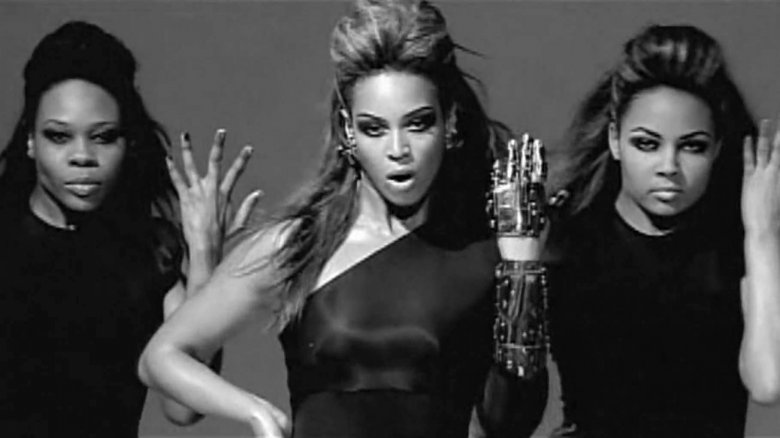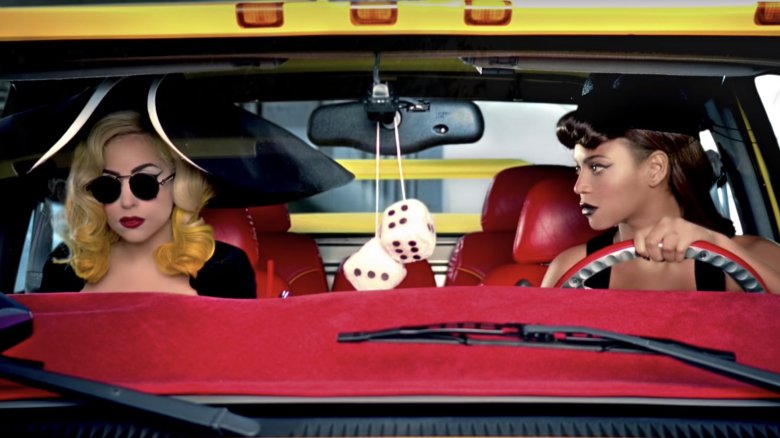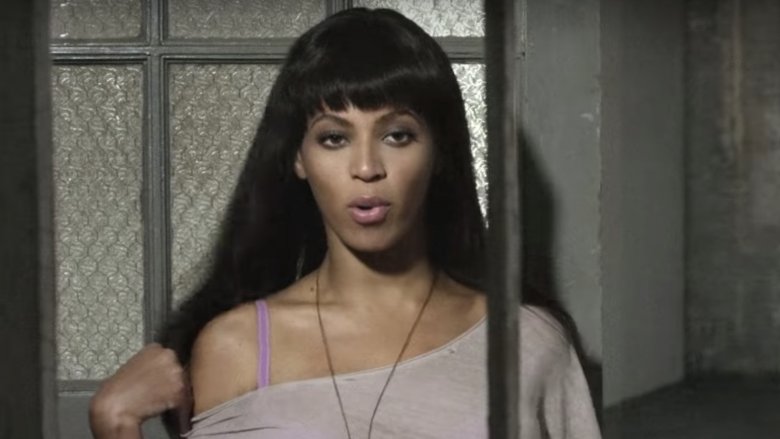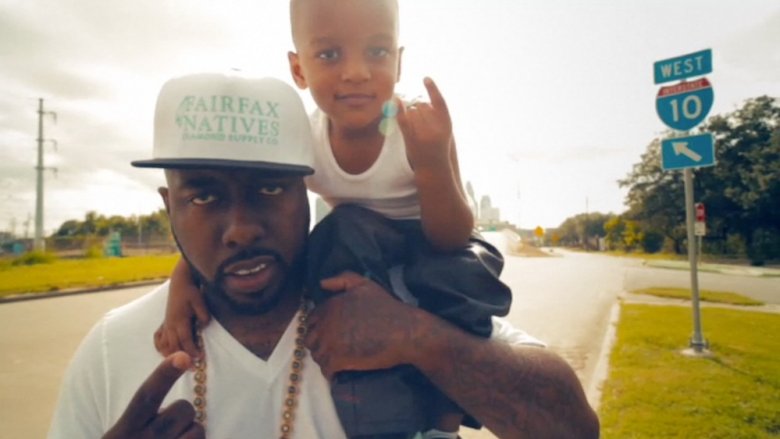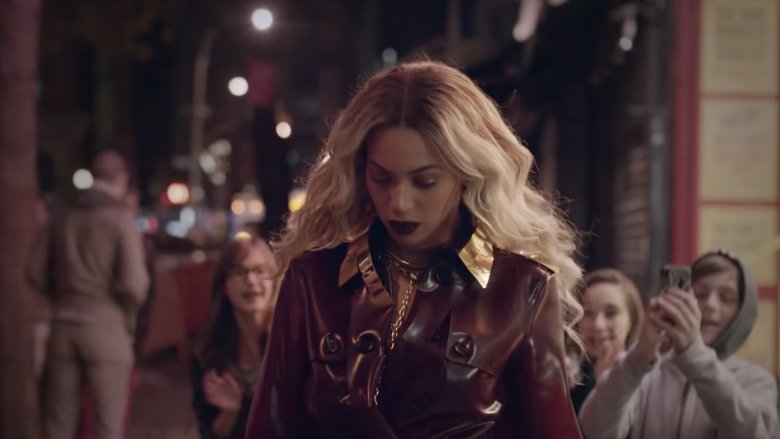Beyonce Music Videos: Small Details You Missed
Beyoncé Knowles is a walking icon. Whether you listen to her music and connect with her art or not, no one can deny the impact she has made on music, style, and expression. With her dedicated fan base and the eyes of the world watching her every step, everything Beyoncé does is noticed and talked about. Her releases redefine industry strategies, her live performances get more views than other artists, and her records break records.
But it's her music videos that we're most interested in. When Beyoncé makes a video, she rarely becomes the subject of another person's vision. She works alongside renowned directors to help carry out her own ideas, and the results are often remarkable. She's created some of the most viewed and most loved videos of all time. And that's maybe why it's so incredible that there are still things that people have missed in these works of art.
From hidden details to huge controversies and everything in between, here are some of the small things you missed in Beyoncé's many iconic music videos.
Apes**t for art
When Beyoncé and Jay-Z took over the Louvre to shoot the video for "Apes**t," the artistic expression of the world-famous couple took center stage. Each shot in the video delivers a multi-faceted message to the viewer, some heavy-handed and some subtle and complex. While we could highlight several moments from the six-minute video, let's focus on one shot that probably best carries a message that is echoed throughout the visual in different spots: the scene with the Portrait of Madame Récamier.
The famous Jacques-Louis David painting is notable for its unfinished background, but this video concerns itself with the foreground. By positioning two black dancers wearing similar head-wraps to French servants below the painting of the reclining Madame Récamier, the picture is reframed to include the black women who were erased from the original setting. According to The Guardian, these women represent "the silent, unremembered, and invisible labor behind the woman's wealth and finery."
So, effectively, Beyoncé, Jay-Z, and their team of dancers occupy a traditionally white space in the video and stake their ground.
Hot sauce in her bag
In Beyoncé's song "Formation," she delivers the line "I got hot sauce in my bag." According to Genius, the line alludes to the singer's humble Louisiana roots and the KFC Freestyle performed by basketball player Delonte West that once went viral online. Though it became shorthand for keeping one's culture close by no matter where they go, Beyoncé gave the line new meaning when she dropped her visual album, Lemonade.
In the video for "Hold Up" from this album, Beyoncé takes a baseball bat from a boy on the street and begins destroying nearly everything in her path with it. As noted by FACT magazine, this section of the video seems to be inspired by Pipilotti Rist's video for "Ever Is Over All," but it's the baseball bat that is most important to Beyoncé fans.
At certain points in the video, keen-eyed viewers may notice that the bat in Beyoncé's hands is engraved with the words "hot sauce." Sure, this may just be a fun throwback reference, but it may also serve as a warning that the singer is carrying something a little heavier than Tabasco sauce in her bag.
Making a statement
The message contained within Beyoncé's song "Formation" is up for interpretation. Through its title alone, the song seems to encourage a united movement. Combined with the lyrics and the images in the video, the song becomes a protest of sorts. In fact, people even adopted it as a "black power anthem." Some people took that to another extreme, suggesting the video was "antipolice," particularly the image of a sinking police car and the references to police protests.
In Beyoncé's mind, all good art is controversial. Still, she insists the only thing she's against is police brutality. "Anyone who perceives my message as anti-police is completely mistaken. ... I am against police brutality and injustice," she told Elle, noting, "If celebrating my roots and culture during Black History Month made anyone uncomfortable, those feelings were there long before a video and long before me."
Part of celebrating culture in this video means celebrating the Black Lives Matter movement. While the child dancing in front of a police line and recreating the "Hands up, don't shoot" symbol of the movement makes for a more explicit reference, two smaller details might get missed. The first is the child's dark hoodie, a protest symbol that emerged after the shooting of Trayvon Martin. The other is the graffitied words "Stop shooting us," which can be seen briefly. Neither of these symbols are attacks on police. Rather, they're statements against abuse conducted by authorities.
Beauty in the breaks
There's a lot going on in the video for "Sandcastles," but, for a song about scars and forgiveness, maybe the most significant image is the cracked bowl near the one-minute mark. This isn't any ordinary cracked bowl. Though Beyoncé sings of "dishes smashed on my counter from our last encounter" (via Genius), this bowl has been beautifully and painstakingly repaired.
The bowl in the video is made through an artform called Kintsugi. This Japanese ceramic practice brings broken dishes back to life while also highlighting their cracks. By dusting lacquer with gold or using liquid precious metals to make the repairs, the cracks become a central component of the piece, giving it history and character.
The presence of this bowl in the video for "Sandcastles" allows Beyoncé to make a symbolic gesture. As Cosmopolitan suggests, the bowl could represent the fact that "Bey and Jay are in an even better place now for working through the tough times." It could also be a symbol for Beyoncé herself. After dedicating much of the album to references of marital problems and infidelity, could Beyoncé be the bowl and Lemonade the gold lacquer that highlights her scars?
Beyonce literally sparkles
Over the years, Beyoncé has influenced fashion in too many ways to list, but she's been known to don simplicity at its best as well. In "Crazy in Love," fans fell in love with the singer's simple denim shorts and white tank top (via The Fader). BET even named the "plain white tank top" one of the singer's top video looks. It became iconic. But everyone had it wrong.
It wasn't until some behind-the-scenes stills from the video shoot popped up on Twitter for #15YearsofCrazyInLove that fans were finally clued in on something: The white shirt was never plain white. It was actually sparkly. Confronted with this new knowledge, Twitter reacted with exactly the amount of outrage that you would expect of Twitter (via The Mirror).
Now it's not like Beyoncé outwardly lied about wearing a plain white tank top. Truthfully, everyone who actually believed she might be so plain should feel pretty silly. If you're looking for someone or something to blame, point your finger at high-definition televisions, which came around too late to save us from this embarrassment.
Pretty does actually hurt
In "Pretty Hurts," Beyoncé's critique of beauty standards is obvious, but a couple of small details may slip under the radar. As a child, Beyoncé participated in beauty contests and talent shows (via People), so her personal experience in this particular world was essential in fueling her message. In fact, a major inspiration for the video was a picture of her as a child in front of a wall of competition trophies. "I was definitely inspired by this image she has as a child where she's in front of her fireplace that has these trophies all over it," said the video's director, Melina Matsoukas, in a behind-the-scenes clip. "I wanted to recreate that and have her break them and show that it doesn't really advance you to get these awards that are just based on outer beauty."
In the video, Beyoncé's character and the other beauty contestants take part in different uncomfortable acts and rituals to "keep up with the pressure that society puts on us," as Beyoncé shared in the same behind-the-scenes video. Many moments are quite clear, such as the scenes involving getting botox and purging. But there's one shot of a woman eating cotton balls, which might not register for everyone. This, for the unaware, is the cotton ball diet, a dangerous trend in which people ate cotton balls dipped in orange juice to feel full without gaining weight. Eating these could cause choking, blockages, and malnutrition from the bleached fabrics.
Daughters of the Dust
When Beyoncé released her visual album, Lemonade, to accompany her music, many of the beautiful images reminded people of Julie Dash's Daughters of the Dust film. Dash — who, according to a Vanity Fair interview, was honored that her film may have served as inspiration for Beyoncé's album — saw and felt many of the connections herself. Some of the links to the film were in the landscape shots and in the message at the core of the videos, as noted by BFI. Other references were more direct, such as the scene with Amandla Stenberg and Zendaya sitting in a tree. But there's one element that may have slipped by undetected by many.
Both Lemonade and Daughters of the Dust use photography as a symbol of permanence and resistance. In Dash's film, as noted by Facets, photography creates lasting memories and strengthens family ties, a means of fighting against something that slavery attempts to break down. Beyoncé's video uses photography similarly but the context has changed. In the video for "Forward," the mothers of Trayvon Martin, Michael Brown, and Eric Garner hold up photos of their late sons who were fatally shot (via Time). Like Dash's film, these photographs serve both as lasting memories and as symbols of resistance.
Unlikely inspiration
The dance routine in "Single Ladies (Put a Ring on It)" is one of the more recognizable numbers in all of music. Beyoncé and her two backup dancers did all the on-screen work that made the dance a craze. Together with JaQuel Knight and Frank Gatson Jr., Beyoncé also helped with choreography. But the iconic dance didn't start with them. It actually originated on the stage of The Ed Sullivan Show in 1969.
According to Gatson's interview with Cosmopolitan, he and Beyoncé thought it would "be great to modernize" the older routine, so they got to work. While on 106 & Park, Beyoncé confirmed this, stating that she first saw the routine on YouTube. "It's these three ladies, and one of them is Bob Fosse's wife, who's this choreographer." She said, "It's one take, and it's black and white. I thought, 'Wow, how amazing would that be now?' Because the videos have so many different cuts and different takes. Just to see a nonstop dance video, one take, all the way through."
But don't think that the original dance was merely inspiration. The dances are nearly identical. It's only through watching them side by side that it becomes clear just how close they really are.
Calling Quentin Tarantino
Although "Telephone" is not technically a Beyoncé song, she plays a large role in the Lady Gaga video, so we've decided to include it here. Plus, the strange video features many interesting details, including one that will surely peak the interests of film fans. When Beyoncé first arrives at the prison to pick up Lady Gaga in the video, some viewers might recognize the vehicle she's driving, especially if they're Quentin Tarantino fans. The truck is the "P***y Wagon" from Kill Bill. And this isn't some replica either. It's the very same truck that was used in the films. According to Gaga's interview with E! News, the video was even partially inspired by the famous movie director's work.
"There certainly is a Tarantino-inspired quality in the video," the "Million Reasons" singer said. "His direct involvement in the video came from him lending me the P***y Wagon. We were having lunch one day in Los Angeles and I was telling him about my concept for the video and he loved it so much he said, 'You gotta use the P***y Wagon.'"
Dancing around plagiarism
Beyoncé often draws from different influences in her music and her videos, but rarely has there been such a controversy as when she released the music video for "Countdown." Shortly after the video dropped, a comparison video was released that highlighted the similarities between some of Beyoncé's dance routine with that of Anne Teresa De Keersmaeker's ballet "Rosas danst Rosas."
De Keersmaeker, in speaking to a Danish blog (via The Guardian), didn't hide her feelings about the connection. "I didn't know anything about this. I'm not mad, but this is plagiarism," she said. "What's rude is that they don't even bother about hiding it. They seem to think they could do it because it's a famous work ... Am I honored? Look I've seen local school kids doing this. That's a lot more beautiful."
Later, Beyoncé downplayed the controversy. "Clearly, the ballet 'Rosas danst Rosas' was one of many references for my video, 'Countdown,'" she said in a statement (via Dawn). "It was one of the inspirations used to bring the feel and look of the song to life."
Hometown heroes
In the video for "No Angel," Beyoncé highlights what appears to be the underbelly of her hometown, Houston, Texas. The multiple shots of tricked-out cars and strippers work in tandem with the song title and lyrics. After all, the song brings attention to Beyoncé coming "with a side of trouble," so showcasing the perceived non-angelic side of Houston makes sense. But what plenty of people miss is that many of the people shown in the video aren't just regular Houstonians. Included throughout the video are shots of some of the city's most famous rappers. There's Bun B, Scarface, Slim Thug, Paul Wall, Kirko Bangz, Willie D, Trae tha Truth, Lil' Keke, Johny Dang, and Z-Ro. While still a love letter to Houston, the inclusion of these rappers shows Beyoncé's interest in the city's success stories as well.
The video's director, @LILINTERNET, said that this view of Houston was important to the singer. "We had so many Houston legends all together in that video, and they all really worked hard to let us capture Houston properly," he said in an interview with Noisey. "Beyoncé's team hooked us up with the legends. It's her hometown and she wanted its heroes represented."
The price of fame
There's a moment in the video for "Jealous" where Beyoncé leaves the comfort of her mansion to walk the streets. She soon finds herself swarmed and gawked at by her adoring fans, obviously something that she deals with regularly if ever she tries to walk anywhere. While this is an interesting observation about the life of a megastar, it's actually more than that. It turns out that this scene wasn't even staged at all. The people in the background going crazy about about seeing Beyoncé are really going crazy about seeing Beyoncé.
According to the director of the video, Francesco Carrozzini, the singer got out at St. Marks in New York and the cameras simply caught the genuine reactions of the public. "We really shot it," he said to MTV News. "Some people in the video did not know we were filming." Not only does this make the scene more authentic, it also makes the emotion of the scene more impactful. Beyoncé doesn't need actors to show how isolating her life in the spotlight can be. Just set her on the street and turn the cameras on to capture the craziness.

